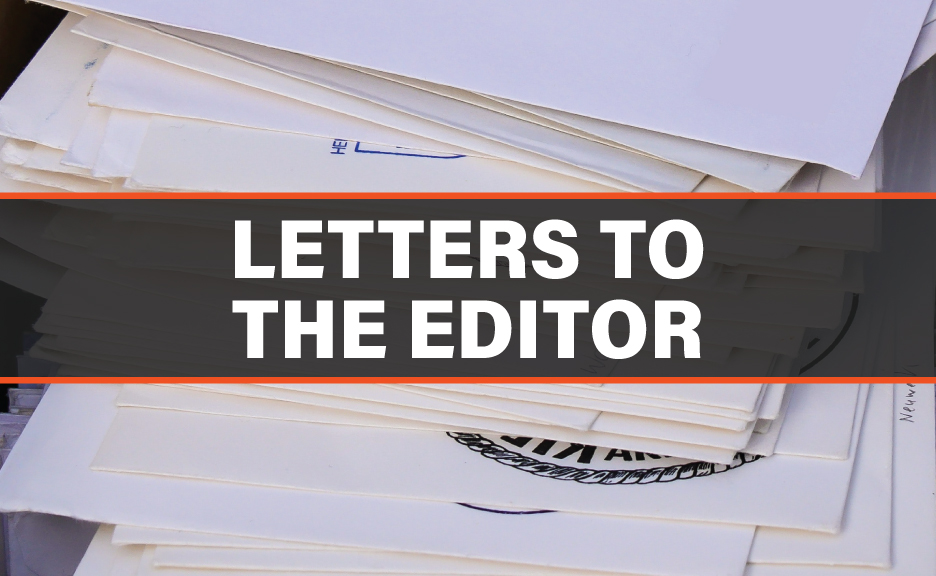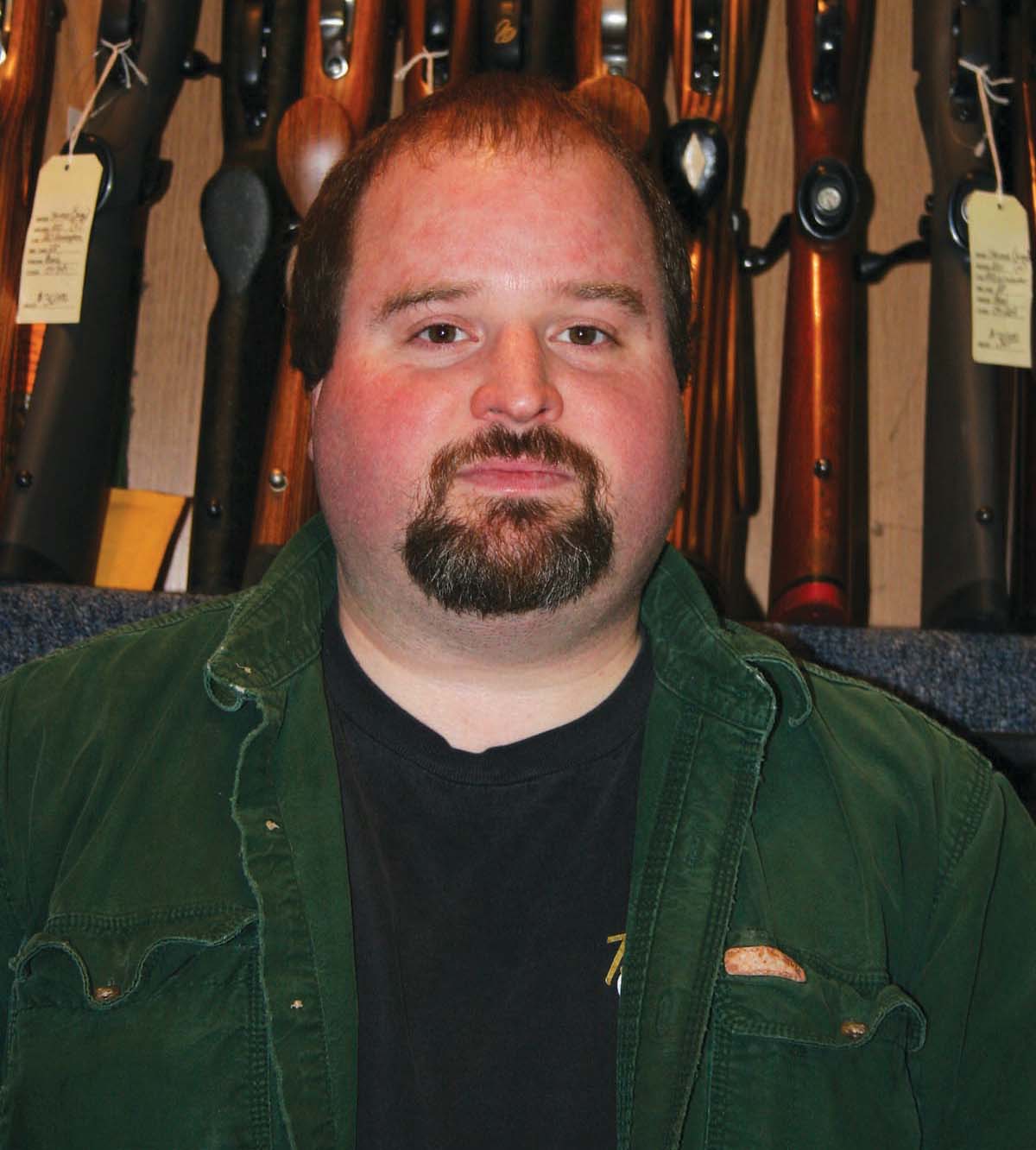I don’t know how big the first gun was but I’ll guarantee you the second one was smaller.
With any kind of portable item, it’s human nature to want it even more so – whether it be computers, cell phones, cars and yes, most definitely, firearms.
Sometimes, with handguns, this is taken to an extreme because the old saying that “the best gun is the one you have with you” is very true.
Long guns have definitely not escaped this downsizing either, as there are numerous ones cut down in barrel, stock or both. Not all of these rifles and shotguns were created for use by those of smaller stature, not by a long shot. Portability is a major factor. Removing 4, 6, even 10 or 12 inches from the barrel makes a firearm much handier, especially when entering or exiting a vehicle.
When have you ever seen a 30-inch barreled shotgun in a police cruiser?
Since I have started this by mentioning handguns, let’s go there first.
Small handguns are all the rage right now. Men buy them, women buy them and men buy them for women. The latter is usually where the biggest problem with small handguns lies. Yes, that cute little pistol with the pink grip seems like the perfect thing for the “little lady” when you’re standing in the gun shop. But when you take that same “little lady” out to shoot it, she really doesn’t like the noise, recoil and muzzle blast too much.
Weirdly enough, she really likes your “normal size” handgun and might even shoot it better than you do.
Little guns have less mass/weight and smaller grips. The small grip can be a good thing, since most women have smaller hands than we regular-sized guys do, but a short grip that leaves the pinky dangling does not help you shoot or control the sidearm.
The perfect grip would be to line the handgun up with your forearm in a straight line and still be able to reach the trigger comfortably. If you have to reach around the firearm and get your arm out of line, the recoil of the pistol/revolver is going to be exaggerated since your wrist is taking the punishment instead of it and your forearm.
If your pinky finger is under the grip, that finger is not contributing to the leverage it otherwise would on a longer grip handgun.
The weight of the gun also has a large effect on shootability and recoil. A heavy handgun is easier to hold on target and dampens the body’s natural tremors somewhat; but obviously, you can go too heavy and be straining to keep it up and on target.
Sub-compact automatics (self-loaders) are also much less reliable than small revolvers and service-size autos. The new breed of tiny autos require frequent cleaning and proper lubrication to be acceptably reliable.
The new Glock 42 and 43 don’t share the same stellar reputation for function that their larger ancestors do. The Rugers, Kahrs, Kel-Tecs and especially the Taurus tiny .380s are definitely not as reliable as their big brothers but are acceptable if fired enough with your carry ammo to prove reliability and then properly maintained.
The Kel-Tec .32 ACP I’ve carried every single day of my life for about 20 years gets cleaned every Wednesday night. Before I start working on my customers’ firearms, that little guy gets the once-over.
It’s amazing what gets into your pocket gun in just a week’s time.
A heavier firearm also recoils less, all things being equal. The recoil has to move the weight of the gun first and then the remainder is transferred to the shooter.
Another negative about the small handgun is the reduction in velocity due to the shorter barrel.
Most handguns don’t have an abundance of power anyway, and shortening the barrel makes them even less powerful due to the loss of velocity. Modern ammunition is more tolerant of these lower velocities and some is even tailored to it, but there is still a lot of ammo out there that does not reach the velocities it needs to in the short barrels to perform as it was intended.
Additionally, lower velocity always equals less power. Taurus used to make a 2-inch barreled .357 magnum revolver with large ports in the barrel to reduce the substantial recoil of such a powerful small revolver.
The problem with these is that as soon as the base of the bullet reaches the first port the pressure vents out of the barrel and is no longer pushing the bullet forward. The velocities out of this revolver were pretty pathetic due to the short, ported barrel, but the fire and brimstone that came out when it was touched off was very impressive. In fact, so much velocity was bled off that it was no more powerful than a 2-inch .38 Special with +P loads and the .38 was more pleasant to fire and you got to keep your eyebrows!
Moving on to rifles, all of the same principles apply. Less weight equals more recoil, etc.
But the length of the butt stock (length of pull-LOP) can greatly influence the comfort level and usefulness of the rifle. If the stock is too long for the shooter, he or she is stretched out around it in an awkward position. This makes the rifle more painful to fire.
In contrast, a rifle has to be much too short for a particular shooter before it becomes more painful to fire. In other words, it’s easy for the rifle’s butt stock to be too long but hard for it to be too short.
In the case of a lever-action rifle, a short LOP is very nice as it lets you cycle the action positively without having to stretch out to do so. Most hunters don’t take into account that they will be using their rifle often in cold weather and all of those extra layers of textiles can easily add half to a full inch of bulk to the shoulder.
It is also very easy to add a recoil pad to a ladies’ or youth gun to bring it right out to normal length. The shorter barrel definitely causes the velocity to drop, but most rifles have power in reserve for most uses and is rarely a huge concern. I doubt the velocity loss in a short barrel is noticed much on game in the field.
On the shotgun side of things, there are huge misconceptions.
First of all, for reasons I’ve never been able to understand, shotguns generally come from the manufacturer with much longer LOPs than rifles do. I don’t understand how a 13½-inch LOP is right for the “average” hunter on a rifle and 14½ is right for the same hunter with a shotgun!?
I set my shotguns up to fit me and go about shooting them, oblivious to my “error.”
Shotgun barrel length is maybe the most misunderstood facet of firearms.
First of all, the choke in/on the end of the barrel has everything to do with pattern. The U.S. Customs service did a test on barrel lengths and shotgun chokes to see how short they could make a barrel without sacrificing performance.
Guess what they found? All the way down to 14 inches, the choke is the only determining, factor in the shot pattern. Most of their shooting was with larger-sized shot pellets intended for self defense but the results were basically the same across the board.
So whether your shotgun has an 18-inch barrel or a 36-inch barrel, if it’s a full choke, it’s a full pattern; if it’s a modified choke, it’s a modified pattern.
As an aside, speaking of chokes, if you can have only one, make it a modified. The modified choke can be used with steel shot, lead shot, slugs etc. and does pretty well with all of them.
Another benefit is that the modified choke performs exactly as everyone thinks all chokes do. The shot evenly and progressively spreads out into a larger and larger pattern in a “cone” shape as the range increases.
The full choke actually produces a “trumpet” pattern, as proven years ago with labor-intensive tests done by setting layers of thin paper at different intervals and determining how the shot pattern spread at different ranges.
Much later the same effect was proven with Doppler radar. The pattern is tighter than the modified choke produces but at about 55 to 65 yards it comes apart and produces the “bell” at the end of the trumpet. Strange but true.
Velocity is affected by the short barrel, of course, but not as much as some might think.
With 3-inch magnum loads, any length over 24 inches is a waste of time and those ridiculously long barrels are actually slowing down your payload.
I’m not sure about the 3½-inch 12-gauge shells, as they were made only in modern shotguns and are loaded hot. I’m sure a 28- to 30-inch barrel is gaining you an incremental increase in velocity with these modern, long shells.
One thing to remember, however, is that the amount of powder in a shot shell, in relation to the bore size it is burning in, is very favorable. I call this the “expansion ratio.” Straight-walled cartridges like shot shells are much more efficient in a short barrel than over-bore, bottle-necked rifle cartridges.
One caveat to the barrel length of shotguns is that some people simply shoot longer-barreled shotguns better than they do shorter ones. They prefer the extra weight out front to help them with their “swing” and the longer sight radius probably helps some too.
As with most things, there is a happy medium and every shooter/hunter has to decide what works for them. But knowing the pros and cons of each compromise definitely helps one make an informed choice.
– Jeff Hutchins operates Rangemaster Gunworks in Lebanon.




